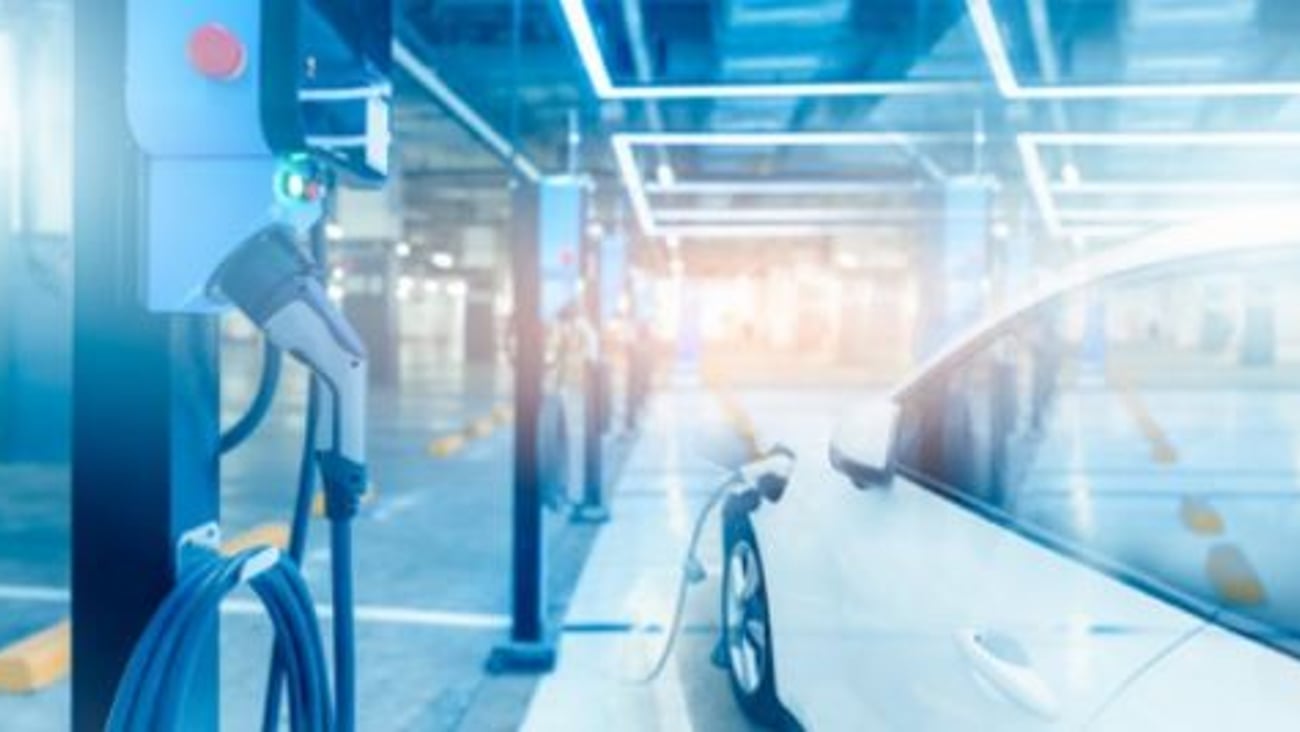Battery pack powerhouse
No matter which side of this debate you may land on, there’s no question that electrification is coming to Canada. The federal government is going all-in on zero-emission light-duty vehicles by the year 2035—this means 100% of vehicle sales, a big jump up from the 5.6% of sales recorded at the end of 2021.
Given this ambitious target, it’s encouraging that the government is also doing its part by convincing electric vehicle (EV) and battery manufacturers to set up shop in this country. Over the past 15 months alone, the province of Ontario has become a major force in the production of EV batteries. But the ever-changing nature of the electrified space has already meant that some of these contracts and arrangements are subject to changing market conditions.
In March of 2022, the Ontario government announced that it had partnered with the federal government and municipal governments to support the first-ever large-scale battery manufacturing plant. The plant project, a joint venture between LG Energy Solution and global auto conglomerate Stellantis, was valued at more than CAD $5 billion, the largest automotive manufacturing investment in the history of the province.
Based in Windsor, the battery facility was set to have a production capacity of 45 gigawatt hours (GWh) and would supply Stellantis plants across North America. Construction started last year, was set to open in the first quarter of 2024 and be fully operational by 2025. But then an even bigger deal was announced in Ontario this year—and the LG Energy Solution/Stellantis team threatened to take their football and go home. On May 15 of this year, the consortium paused construction on the plant and announced they were planning to take some of the original capacity and move it to another plant south of the border.
[Read more: "Stellantis stops construction on EV battery plant over federal funding"]
(The EV space seems to be the 21st-century equivalent to the gold rush—lots of opportunity, more than a few ruthless characters.)
The bigger deal mentioned above was another battery plant, this one initiated by the Volkswagen Group, which received significant funding from the federal and Ontario provincial governments. While the German manufacturer committed CAD $7 billion to the project, the subsidies kicked in could amount to as much as CAD $13.2 billion over the next 10 years.
The $13.2 billion was a major sticking point for the LG Energy Solution/Stellantis concern. Both the federal and provincial governments listened, then committed to sweetening the deal. As of this writing, the exact terms had yet to be announced.
[Read more: "More money from Ontario needed to end 'stalemate' over Stellantis battery plant"]
Back to the VW project, it’s a 90 GWh battery cell factory set to open in 2027 before motoring on to full capacity in 2030. The plant will be in another Ontario town that was formerly an automotive manufacturing hub—St. Thomas, located just 28 kilometres south of London.
The venture is expected to create up to 3,000 direct jobs and 30,000 indirect jobs, welcome relief for an area that had fallen on some hard times. The 370-acre battery factory will be situated within a larger industrial park that spans some 1,500 acres. The factory will run on 100% clean energy.
Although these two factories represent the biggest of their kind, they don’t represent the sum total of all the many investments in electrification in Ontario.
General Motors has recently announced a forthcoming battery pack assembly plant at its CAMI facility in Ingersoll, Ont. The batteries will be used to power the BrightDrop Zevo 600 electric van, which started being produced at the Ingersoll plant this past December.
Longtime rival Ford Motor Company also announced a new battery pack assembly facility, part of the CAD $1.8 billion transformation of the Oakville plant into an EV industrial park.
This past February, auto supply monolith Magna International announced an investment of CAD $471 million in six different facilities across Ontario. Of that total, $265 million is going towards a new battery enclosure facility in Brampton that will supply the Ford F-150 Lightning and forthcoming EVs. The remainder will go towards boosting readiness for the next wave of electrified vehicles at facilities in Belleville, Guelph, Newmarket, Penetanguishene and Windsor.
If all of this development seems like a significant push in the direction of electrification, that assumption would be correct—and these are just the stories coming out of Ontario. In a Bloomberg report published in November 2022, Canada vaulted into second place in its annual battery supply chain ranking. Although we’re a long way behind first-placed China, we’re also ahead of the United States, which grabbed the runner-up spot a year prior.
The report ranks 30 leading countries in terms of lithium-ion battery supply chain performance based on five key measures. These measures are: availability and supply of raw materials; manufacturing of battery cells and components; demand for EVs and energy storage; infrastructure, innovation and industry; and environmental, social and corporate governance.
What does all this mean for the future in Ontario and in Canada? It means that our governments have shown a genuine commitment to fuelling the future with electricity. Whether these investments ever match those in the petroleum industry in this country remain to be seen. But the movement towards electrification is now far too big to be ignored.






